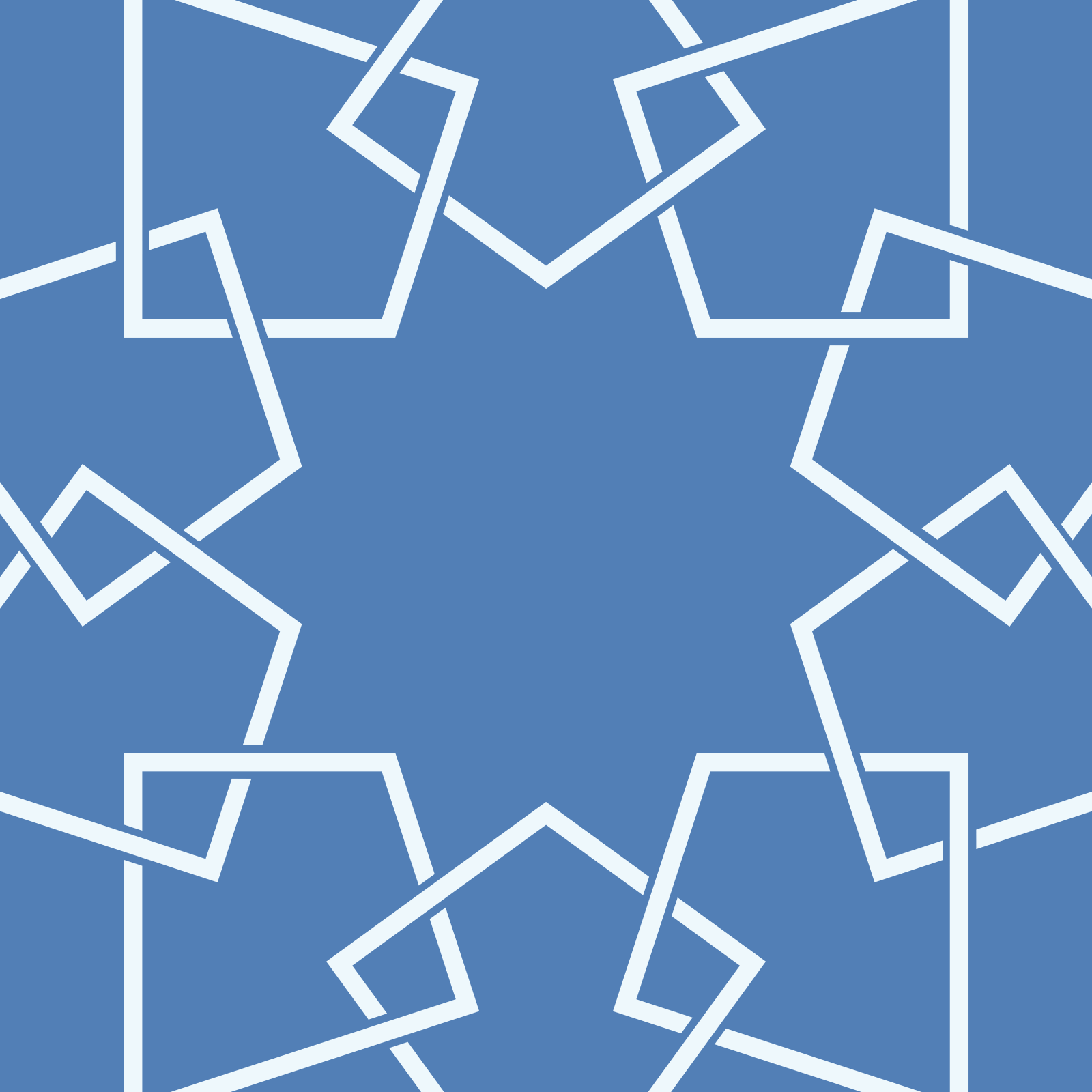Uphill climb for Islamic art to thrive in North America
BERKELEY, CALIFORNIA - The North American market for Islamic art has two unique characteristics that may counter its growth - and they are not political: a dispersed community and the lack of art patronage.
Seattle-based Mamoun Sakkal, a Syrian artist and calligrapher who invented the popular Shilia font used at Dubai’s Burj Khalifa, said it is hard to reach Muslims, who are the primary market for Islamic art in North America.
“I think there is very little market for Islamic art in North America,” said Sakkal, who believes that politics, including that of President Trump’s administration, will have very little impact on the Islamic art market because it is very niche.
“Although there are a few places where there are concentrations, the general market is so dispersed it is very hard to reach them in an effective way. We don’t have good means to reach those people.”
This wide Muslim diaspora comprises of Middle Eastern, Asian, south Asian, Caucasian, Mediterranean and African-American communities. It is largely made up of immigrants or second-generation immigrants who are also too new to establish a tradition of art patronage, which is essential in growing an enriched continuity in the field.
The growth of any form of art needs continuity. Islamic art—made up of mainly calligraphy, vegetal/geometric patterns and figural representation—is no exception.
In the past, Islamic art saw unique development in techniques and styles as it went through historical periods from early Islam (622-1050), classical Islam (1200-1500), post-classical Islam (1250-1500) and late Islam (1500-1800). The Umayyad Caliphate in early Islam is often referred to as the formative period of Islamic art.
“In the past, patronage was always associated with political power or continuous riches of family clans over a period of time. They have a very settled environment and they have the means and desire to improve it so they support the arts to do that. Here, this is not the condition,” said Sakkal.
While Muslims in America are facing challenging times where its current political climate churns rising Islamophobia, its small size, merely 1 percent or around 3.3 million of America’s total population, means reaching political dominance is a far-fetched idea. A possible route is wealth, but it needs a collective will from the community to channel a fraction of its acquisition for the purpose of growing the arts.
“I still believe the Middle East is the main market for the type of work that we do and unfortunately we are so far that we don’t have a practical way either to promote both or to actually deliver pieces of art,” added Sakkal.
Sakkal was speaking to Salaam Gateway during the opening of an exhibition of the works of seven American artists from diverse backgrounds and heritage inspired by traditional Islamic art. "Reverberating Echoes: Contemporary Art Inspired by Traditional Islamic Art" displays works by Mamoun Sakkal, Phil Webster, Chris Palmer, Hooman Koliji, Nazanin Hedayat Munroe, Nathan Voirol and Manzar Rassouli. It is curated by Islamic art historian Carol Bier. The exhibition is running at the Doug Adams Gallery in Berkeley until May 26.
© SalaamGateway.com 2017 All Rights Reserved

ZUZANITA ZAKARIA